In The Expansion Phase Of A Business Cycle

Imagine strolling through a bustling marketplace. The air is filled with the sounds of vendors enthusiastically showcasing their wares, customers eagerly making purchases, and the general hum of prosperity. This vibrant scene mirrors the current state of many economies – a period of growth, innovation, and expanding opportunities, a phase economists call the business cycle expansion.
At its core, the expansion phase of the business cycle signifies a period of sustained economic growth characterized by increasing employment, rising consumer confidence, and heightened business investment. Understanding this phase, as described by organizations like the National Bureau of Economic Research (NBER), is crucial for businesses, policymakers, and individuals alike to navigate the opportunities and challenges it presents.
Understanding the Expansion Phase
The business cycle, a concept central to macroeconomics, illustrates the recurring fluctuations in economic activity that an economy experiences over time. It typically comprises four phases: expansion, peak, contraction (or recession), and trough.
The expansion phase, which follows a trough, marks a period of recovery and growth. During this phase, several key economic indicators move in a positive direction.
Gross Domestic Product (GDP), the broadest measure of economic output, increases, signifying that the economy is producing more goods and services. Employment rises as businesses hire more workers to meet increasing demand, lowering the unemployment rate.
Consumer confidence, reflecting people's optimism about the economy, strengthens, leading to increased spending. Businesses, buoyed by rising demand and profits, invest in new equipment, technologies, and expansion projects.
Key Characteristics and Indicators
Several interconnected factors drive the expansion phase. Increased consumer spending fuels demand, which in turn encourages businesses to invest and expand.
Low interest rates, often implemented by central banks like the Federal Reserve, incentivize borrowing and investment. Technological advancements and innovation can boost productivity and create new markets.
Government policies, such as fiscal stimulus or tax cuts, can further stimulate economic activity. These all contribute to a virtuous cycle of growth.
Monitoring specific economic indicators is essential for identifying and understanding the expansion phase. Key indicators include GDP growth rate, unemployment rate, inflation rate, consumer confidence index, and business investment figures.
These metrics, closely watched by economists and financial analysts, provide valuable insights into the strength and sustainability of the expansion. For instance, consistently rising inflation rates might signal that the economy is overheating, potentially leading to corrective measures by the central bank.
Implications and Considerations
The expansion phase offers significant opportunities for businesses. Increased consumer spending creates a favorable environment for revenue growth and market expansion.
Businesses can capitalize on these opportunities by investing in innovation, improving efficiency, and expanding their reach. Individuals also benefit from increased job opportunities, rising wages, and improved financial security.
However, the expansion phase also presents potential challenges. Inflation can erode purchasing power and reduce the value of savings.
Rising interest rates can increase borrowing costs for businesses and consumers. Asset bubbles, characterized by unsustainable price increases in assets like stocks or real estate, can form and eventually burst, leading to economic instability.
Sound financial management, prudent investment strategies, and awareness of potential risks are crucial for navigating these challenges.
"Economic expansions do not die of old age," - attributed to many economists, highlights the importance of understanding and managing potential imbalances that can arise during this phase.
As we reflect on the current economic landscape, characterized by robust growth in certain sectors and cautious optimism in others, it’s clear that we are navigating a complex expansion phase. While the marketplace hums with activity, it's also a time for strategic planning, responsible decision-making, and a keen awareness of the potential headwinds that may lie ahead. By understanding the dynamics of the expansion phase, we can better position ourselves to harness its benefits and mitigate its risks, fostering a more sustainable and prosperous future for all.

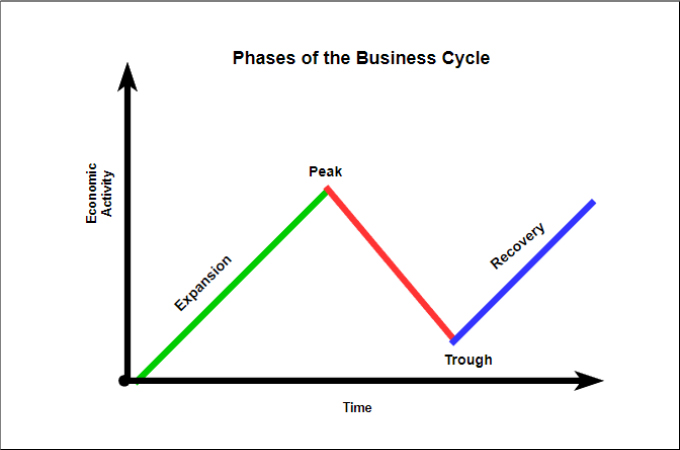
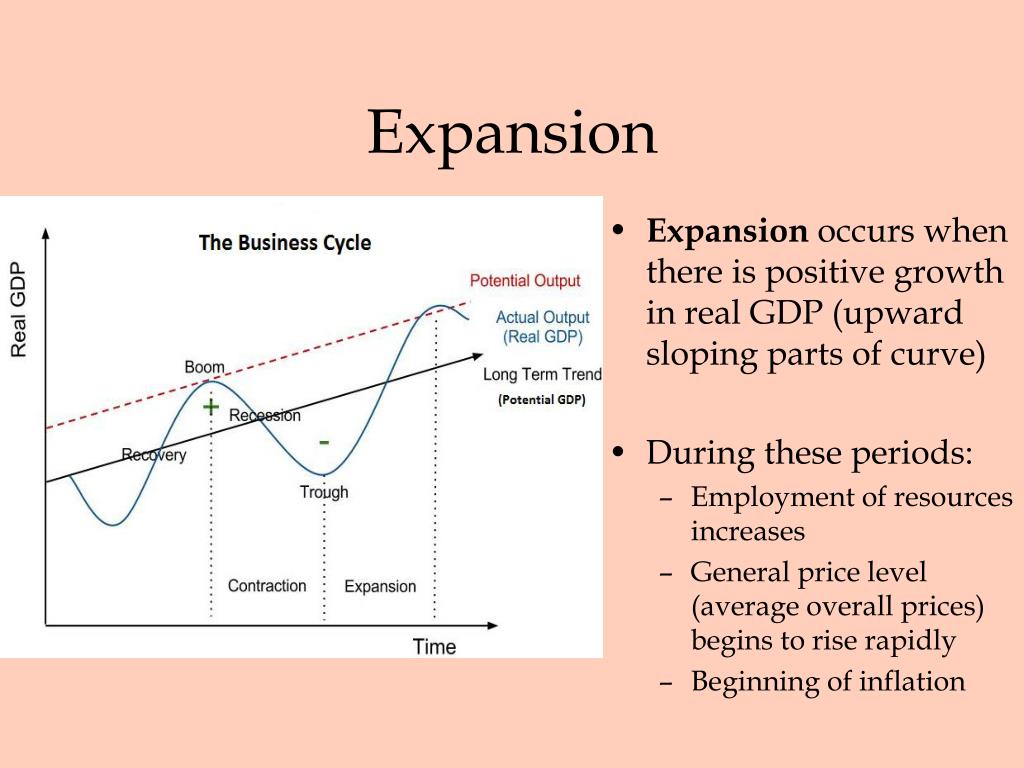
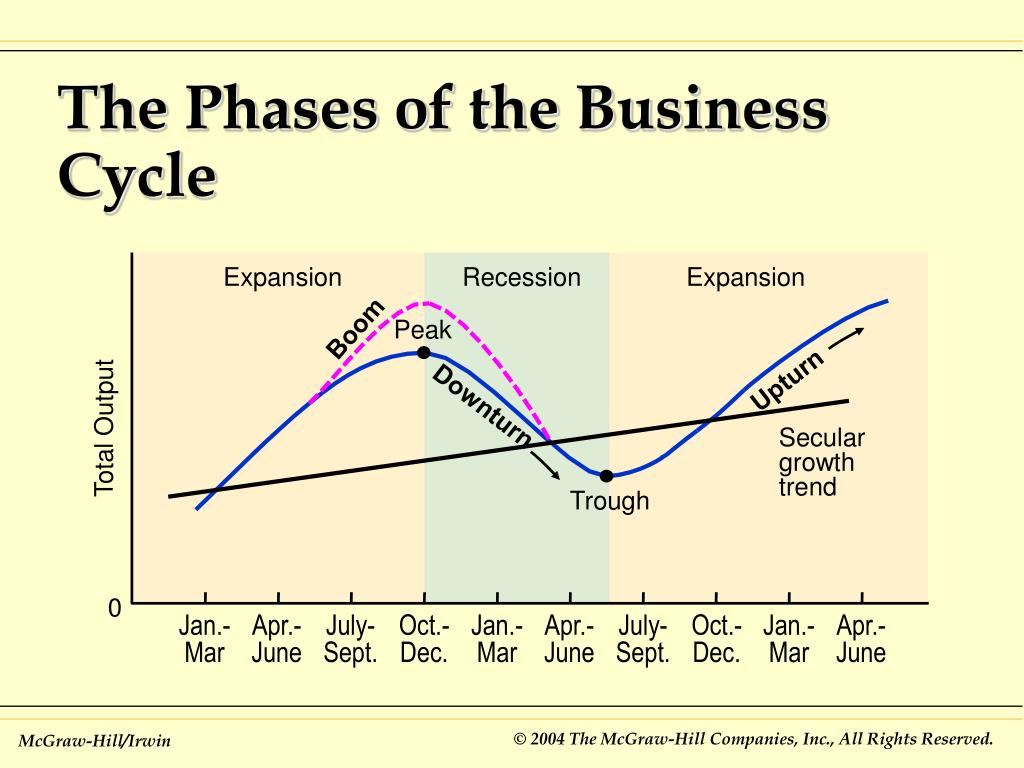
/businesscycle-013-ba572c5d577c4bd6a367177a02c26423.png)
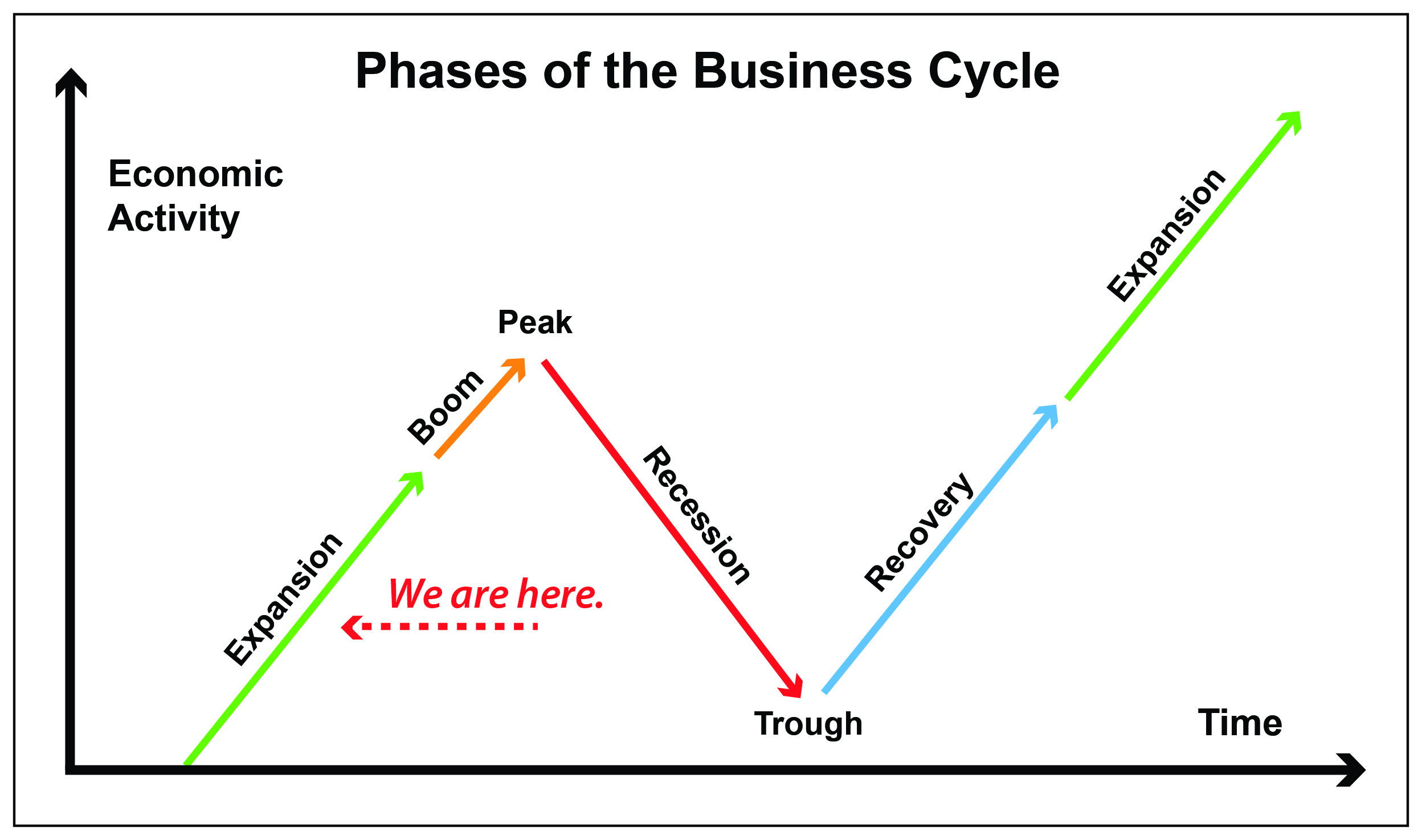
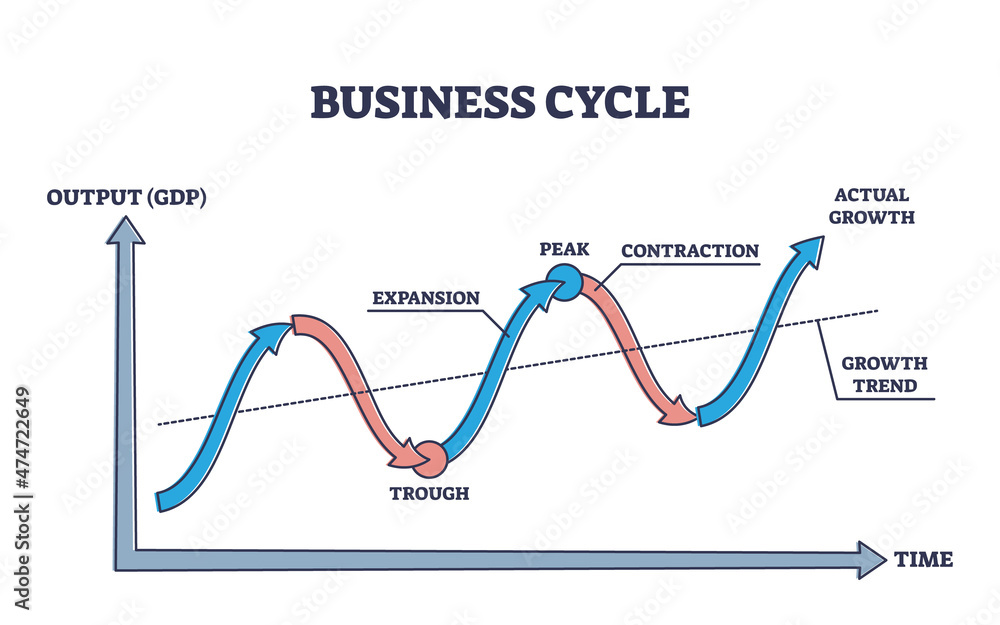

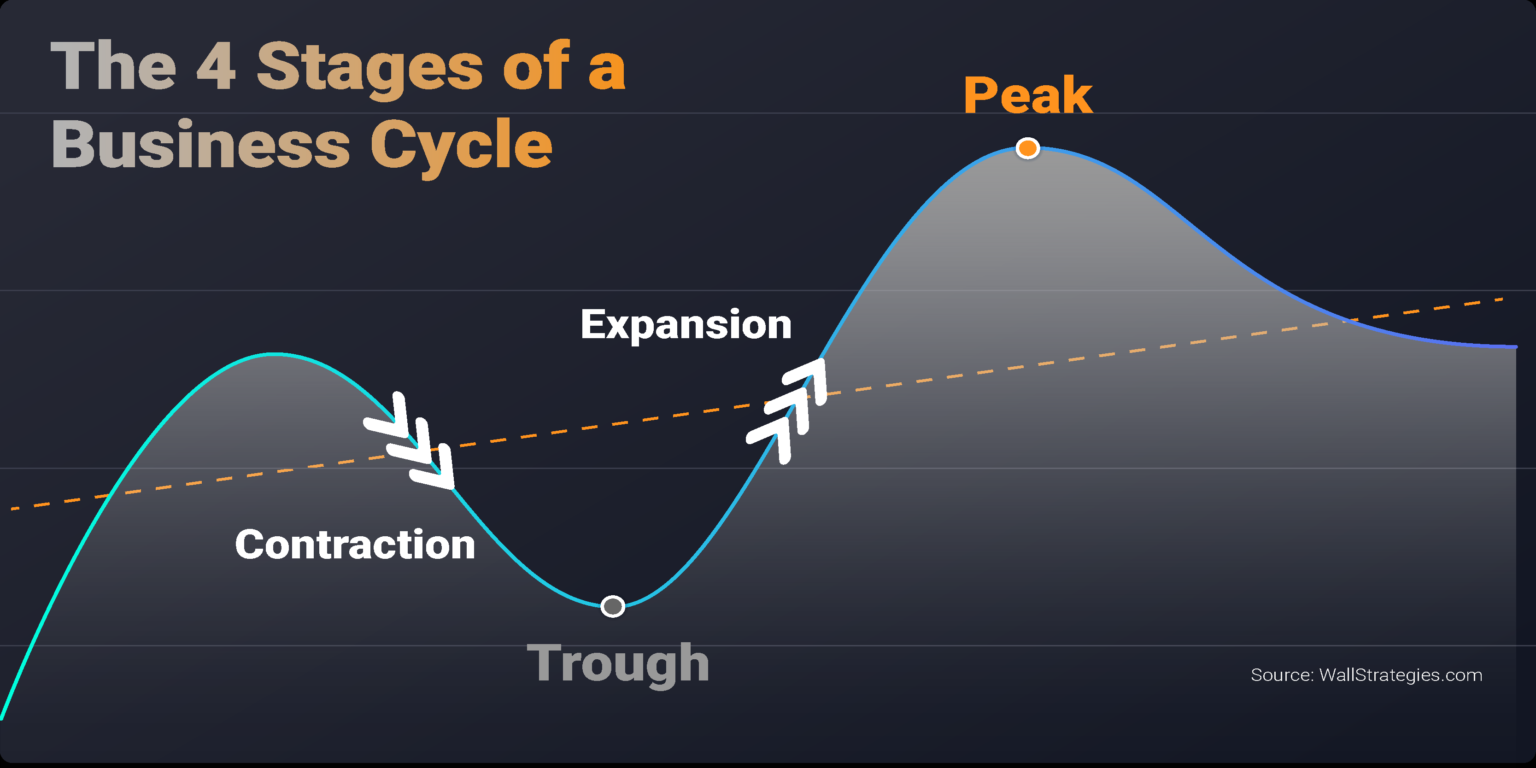
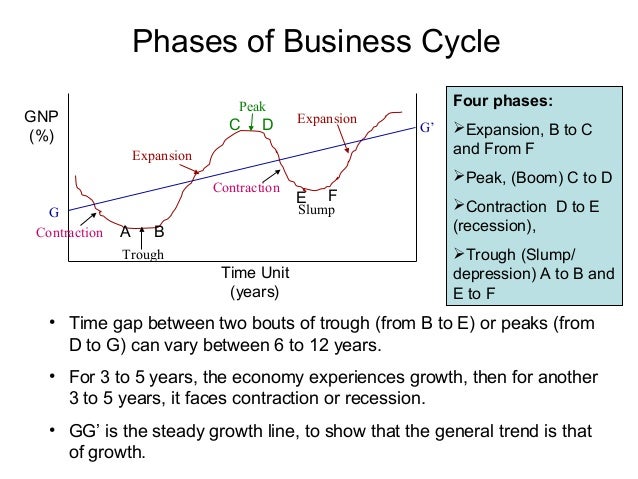
:max_bytes(150000):strip_icc()/phasesofthebusinesscycle-c7cb7a3ce6894e86a3e44d5b0fe4d5e2.jpg)


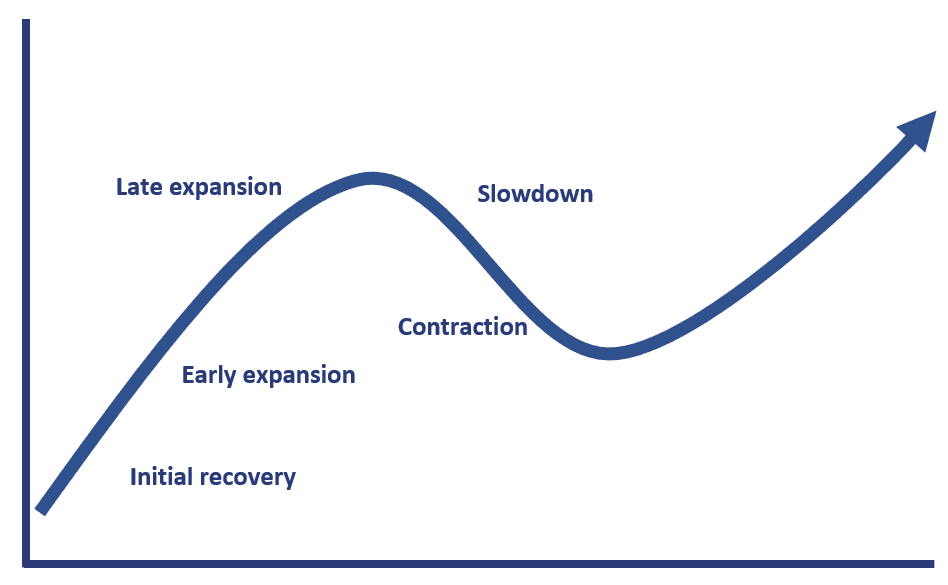
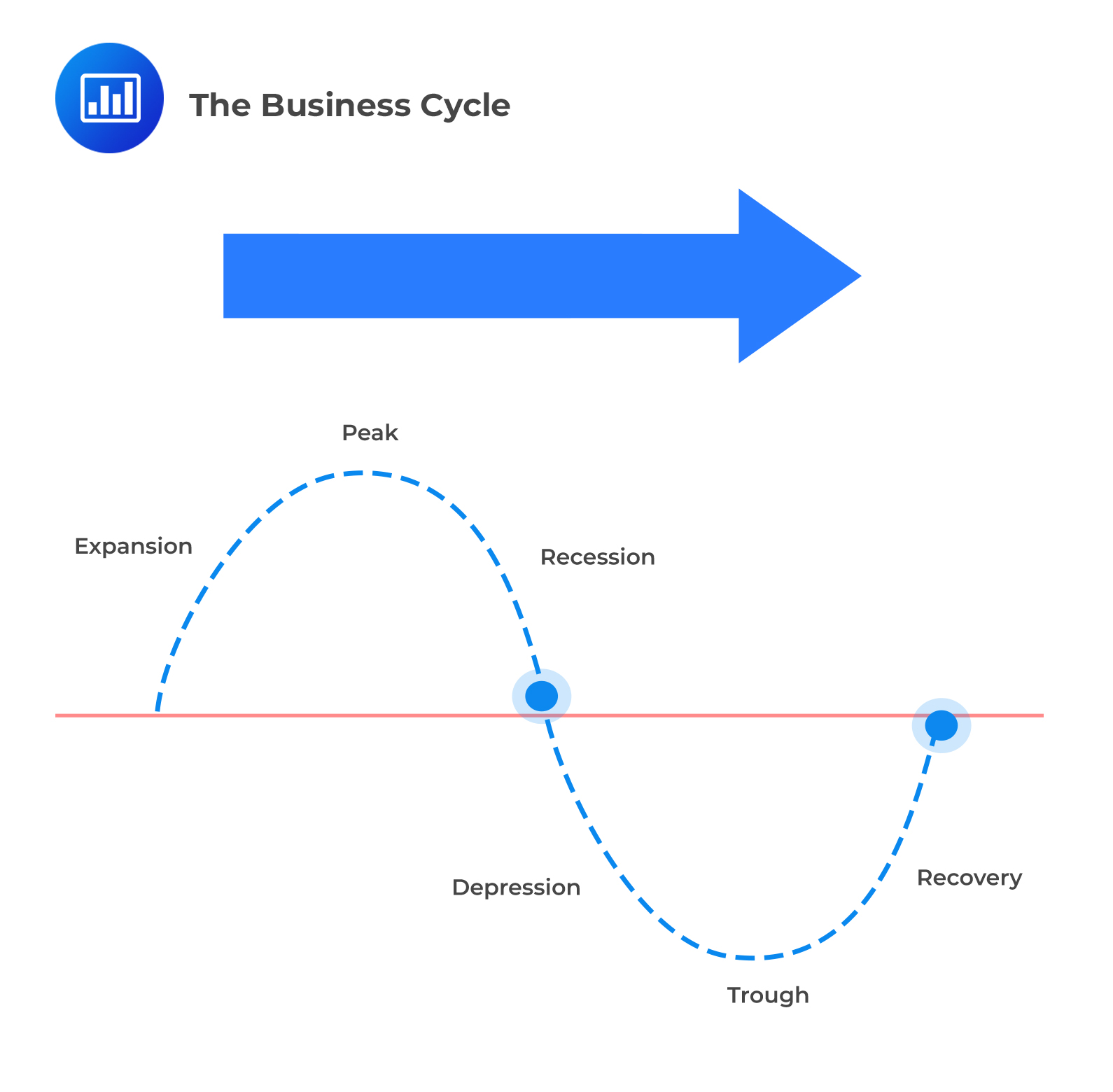
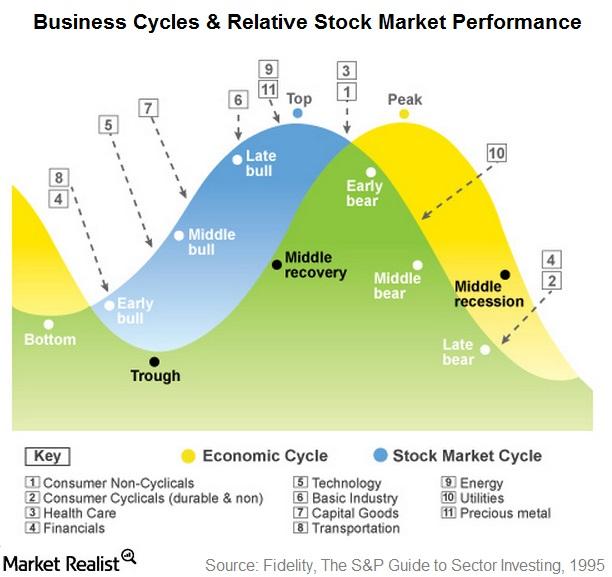

:max_bytes(150000):strip_icc()/businesscycle-013-ba572c5d577c4bd6a367177a02c26423.png)
